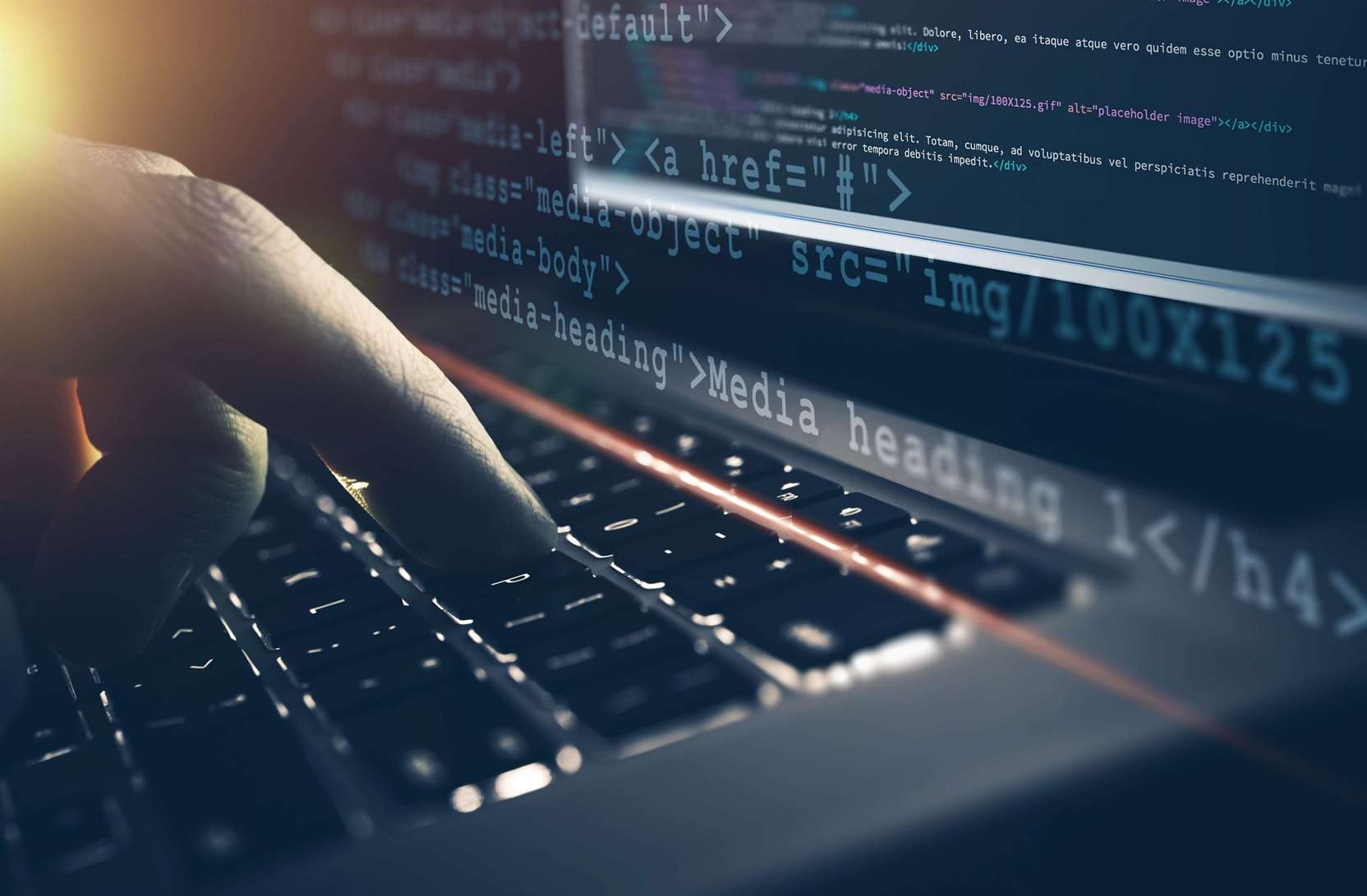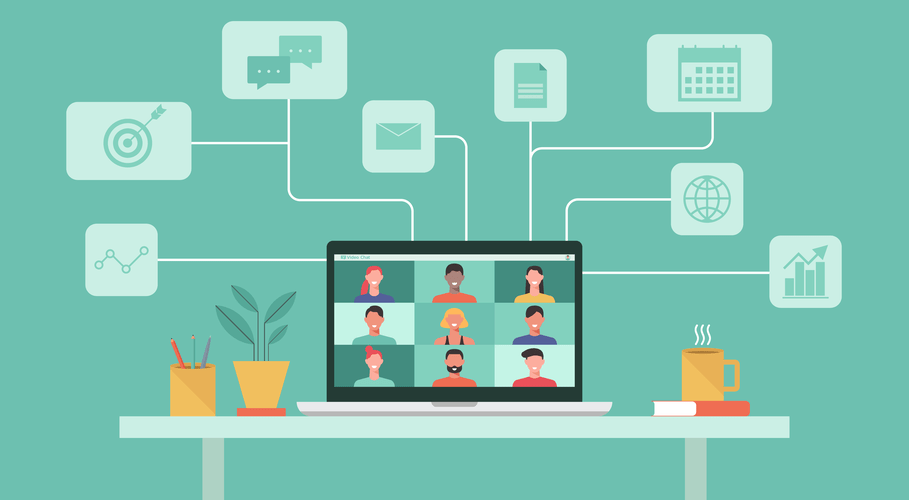Securing Healthcare Iot: Greatest Practices For Enhanced Affected Person Information Protection
Healthcare organizations should practice a careful balancing act to get some nice benefits of related units without adding an excessive amount of risk to patient security. Accurate danger assessment permits IT safety groups to constantly scrutinize devices, monitor their site visitors patterns, phase https://www.globalcloudteam.com/iot-in-healthcare-applications-benefits-and-challenges/ gadgets and scale back the threat surface. Below is an outline of one of the best practices aimed toward eliminating the cybersecurity challenges in using IoT in healthcare. Highly delicate knowledge similar to demographics, social security numbers, and bank card details are valued by cybercriminals.

Moreover, maintaining a complete stock aids in swift response during safety incidents. Managing IoT gadgets centrally permits for easier monitoring, updates, and troubleshooting. Furthermore, by segmenting the network, a breach in one section doesn’t compromise the complete system. Plays a crucial position in healthcare, guaranteeing that important gear, medications, and other very important provides can be found when wanted.
Distant Affected Person Monitoring
A vital driver for the IoT-Health market is the rising penetration of connected gadgets in healthcare. Wearable biomedical sensors have acquired a outstanding growth in recent times; however, a pervasive IoT-Health infrastructure remains to be a good distance from commercialization. The end-to-end well being data connectivity entails the development of many applied sciences that should enable dependable and location-agnostic communication between a patient and healthcare service provider. The IoT-Health program aims to concentrate on the mathematical and computational modeling, visualization, optimization, performance analysis and experimentation of IoT enabling technologies in healthcare. In this respect, Algarni et al., Islam et al., and Jaiswal et al. have highlighted the safety features related to system maintainability (3, 27, 30).
Major breaches over the years depict the seriousness of rising medical cyberthreats and have compelled manufacturers, regulatory our bodies and healthcare organizations to put extra emphasis on healthcare IoT safety. Today, many distributors supply instruments for IoT security, corresponding to inventory tracking, traffic management and community visibility options. These options might help network administrators in well timed detection of threats. Apart from the privateness threats, issues in regards to the integrity of patients’ healthcare information and adverse monetary and reputational implications, patients’ safety is, inarguably, the most critical hazard.

This know-how can connect a massive group of gadgets and objects to interact with one another without human intervention (1) Mobile, Analytics and Cloud. The major concept behind IoT is to emphasize the interconnection between reality and physical world through the Internet (2). IoT offers a variety of functions such as transportation, agriculture, good cities, emergency services and logistics for the calls for of the modern life. Besides, healthcare sector is one of most tasty areas for the applications of IoT (1, 3). Remote patient monitoring, good well being, and Ambient Assisted Living (AAL), to call a number of, are situations of IoT-based healthcare applications (4). IoT accelerate the early detection of ailments and support the method of prognosis and treatment similar to health packages, chronic diseases, and aged care (3, 6).
Adopting Iot Safety Greatest Practices
The healthcare landscape is undergoing a digital transformation, with IoT at the forefront of this change. The integration of sensible devices into medical practices is not only a trend; it’s a necessity pushed by the demand for real-time monitoring, data-driven selections, and enhanced patient care. Furthermore, it helps in averting high-risk situations similar to ransomware attacks. Unified SASE can identify and neutralize threats before they inflict injury by utilizing sturdy security measures similar to superior risk safety and intrusion prevention.

At its core, IoT in healthcare (often termed IoMT or Internet of Medical Things) focuses on interconnecting medical gadgets, functions, and methods to gather and share information. Through IoT devices, healthcare suppliers can repeatedly monitor a patient’s very important signs and different well being metrics, even if they’re miles away. This not only allows for well timed interventions but additionally reduces the need for frequent hospital visits, providing comfort and value financial savings. As properly as disruption to affected person providers, medical information is a particularly profitable goal for cybercriminal teams. It could be sold on the darkish internet to earn a quick payday or used to commit other crimes corresponding to fraud or id theft. Not only do such information breaches benefit criminals, however it additionally places stress on healthcare providers.
Employing end-to-end encryption ensures that knowledge stays unreadable even when intercepted. Modern safety isn’t nearly obstacles; it’s about understanding habits. By using behavioral analytics, any deviation from the standard habits of a device or user could be flagged as suspicious. Additionally, geo-fencing techniques prohibit system functionality based on its location, adding another layer of safety.
Recognized Chief In Healthcare Iot Safety
He uses a steady glucose monitor and an insulin pump for his diabetes remedy. The glucose monitor collects a blood pattern to determine what Nelson’s glucose degree is and alerts him on his phone through Bluetooth. A hacker may carry out a man-in-the-middle assault and manipulate the value reported by way of his phone.

As telehealth expands, hospitals, physicians and different clinicians will probably flip to healthcare IoT purposes to monitor, gather and analyze patient data in real time. This same premise applies in healthcare IoT, which can maintain sufferers related to their care providers after they depart the doctor’s office or are discharged from the hospital. There are multiple applications, such as continuous blood glucose monitoring, CPAP use to deal with sleep apnea, and transmission of significant patient data from the ambulance to the hospital—just to call a number of examples. Healthcare organizations must prioritize common updates, collaborations with system manufacturers and cybersecurity specialists, and complete schooling for all workers members. Moreover, the huge amount of knowledge generated and transmitted by these gadgets necessitates robust safety measures.
In current years, surveys have confirmed the security vulnerabilities of medical gadgets related to the Internet and attracted the public’s attention to IoT security in healthcare. Designing IoT solutions for healthcare, don’t overlook about medical iot security. Food and Drug Administration (FDA) requires medical system producers to construct safety into their techniques. This matter is of crucial concern for providers and patients as a outcome of safety lapses in these devices have the potential to put lives at risk or expose sensitive patient knowledge.
As we talked about above, it creates further security healthcare IoT dangers for the whole IT system. A malicious attack leading to a distributed denial of services (DDoS attack), is executed by overwhelming a goal by the move of Internet traffic. DDoS attacks render companies inaccessible and have extremely disruptive results on healthcare operations.
The Significance Of Healthcare Iot Safety
Each occasion of connected medical devices can streamline workflows that enhance the lives of sufferers and healthcare professionals, however additionally they provide a bigger attack floor. Despite the dangers of IoT safety in healthcare, connected devices are able to taking the supply of medical companies to an entirely new degree. Admittedly, though, overcoming cybersecurity challenges for medical gadgets takes effort and time. While the advantages of IoT in healthcare are undeniable, the safety of those gadgets is paramount. Such breaches can lead to unauthorized access to delicate affected person data, disruption of medical services, and even direct hurt to patients. For occasion, a hacker gaining control of a drug infusion pump could alter dosages, resulting in life-threatening penalties.
- Easily implement policies with Palo Alto Networks or NAC enforcement technologies with one click on.
- Proper shielding ensures that devices operate with out exterior interference, and common testing ensures compliance and effectiveness.
- It mandates strict controls over personal information, with important penalties for breaches.
- Healthcare IoT security vulnerabilities represent a more important risk than vulnerabilities in shopper devices as a end result of they might lead to physical harm.
Callous criminals rely on the urgency of healthcare suppliers to meet ransom calls for in order to reinstate disrupted affected person services. This proliferation has undoubtedly enhanced the quality of healthcare services, but in addition uncovered the sector to unmountable safety challenges. Experts must observe general safety finest practices for healthcare IoT devices, corresponding to eliminating onerous coded passwords, firewalls and encryption. They must do a threat evaluation before they deploy gadgets to know what vulnerabilities exist and monitor community site visitors for something out of the norm utilizing behavioral analytics profiling. As the healthcare sector more and more depends on IoT units, understanding the potential security vulnerabilities becomes paramount.
The potential perks, like enhanced affected person monitoring and data-driven interventions, can revolutionize healthcare. However, hurdles such as safety and connectivity could make the path seem daunting. In addition, continuous monitoring via sensors and IoT may enhance care delivery and quality of life for diabetic sufferers. This is crucial to keep away from deterioration of affected person health, which may impact the patient’s eyes, inner organs, nerves and different parts of the body. Similarly, improved monitoring and affected person help might assist handle the health of sufferers with chronic obstructive pulmonary illness (COPD), doubtlessly avoiding problems and hospitalizations.

However, with these advancements come significant security concerns that can’t be overlooked. Only Medical IoT Security leverages our greatest in school advanced menace prevention capabilities to cease known and unknown threats from reaching your weak medical devices. Medical IoT Security prevents Zero-day threats with inline ML deep learning and prompt IoT habits anomaly detection.
Security vulnerabilities allow them to get control of patients’ personal knowledge, modify and misuse it. Furthermore, as with technological developments, there’s all the time the inherent risk issue. Acknowledging the dangers in IoT healthcare gadgets is the primary step in creating complete mitigation strategies. The same may be mentioned for giant information and healthcare decision-making, each to optimize look after particular person sufferers and to improve population well being. As we look to the future, we are able to foresee higher developments in the medical subject, because of the gathering of extra correct and relevant real-time knowledge.
Besides, autonomic computing as a subset of maintainability is certainly one of the essential features for cyber resiliency necessities. However, in accordance with NIST guideline, security necessities shield against circumstances leading to death, harm, failure or loss of tools (41). Recently, the healthcare sector has witnessed the development of a wide range of IoT gadgets and purposes. These units cope with very important and personal info such as personal healthcare information and may be focused by attackers.
This ensures that the medical group is well-prepared, doubtlessly saving crucial minutes and bettering affected person outcomes. The surge in IoT adoption in healthcare has, sadly, been accompanied by an increase in security threats. As per the info from SonicWall, the 12 months 2018 witnessed a significant spike in IoT malware assaults, with a 215.7% improve from the previous year.